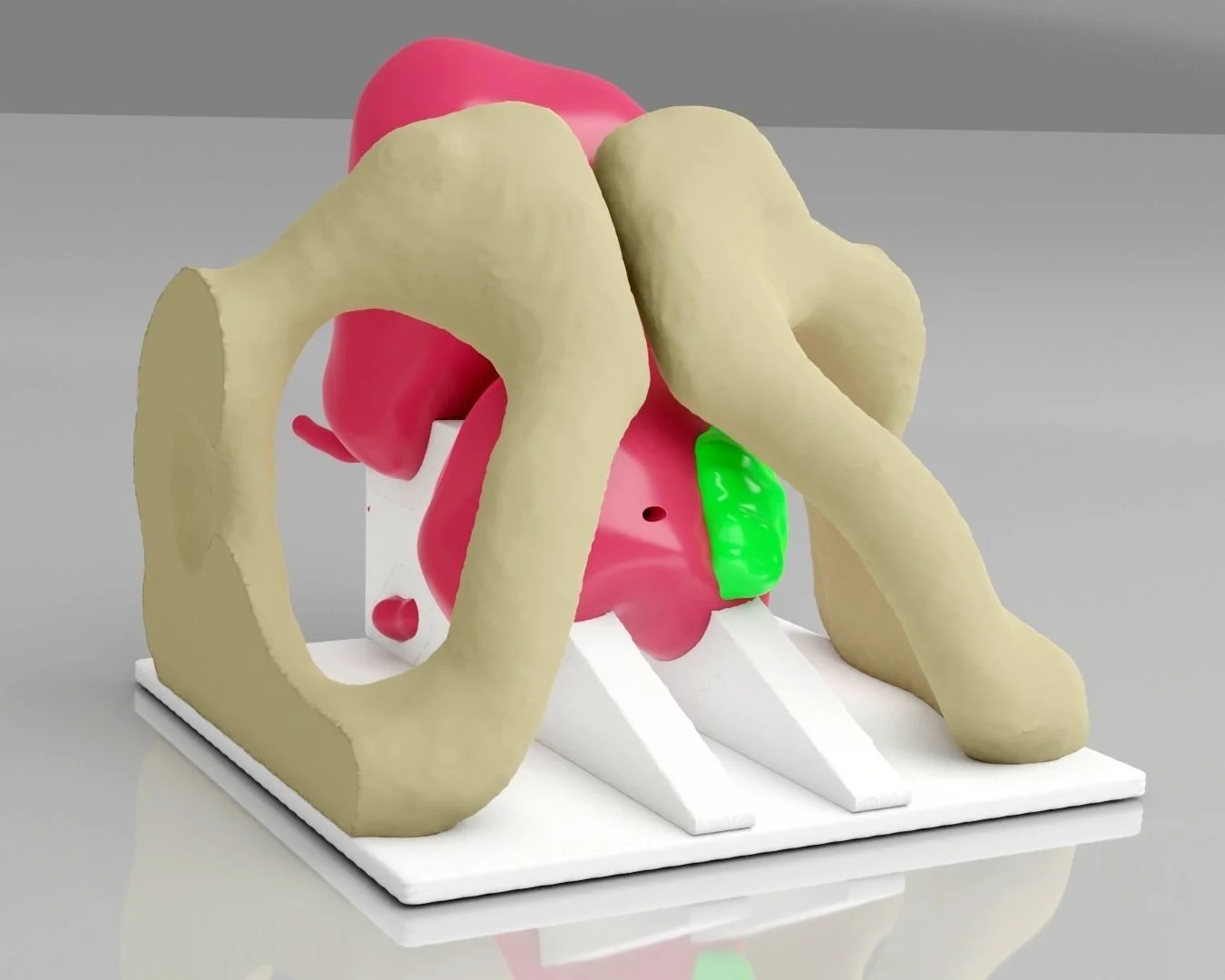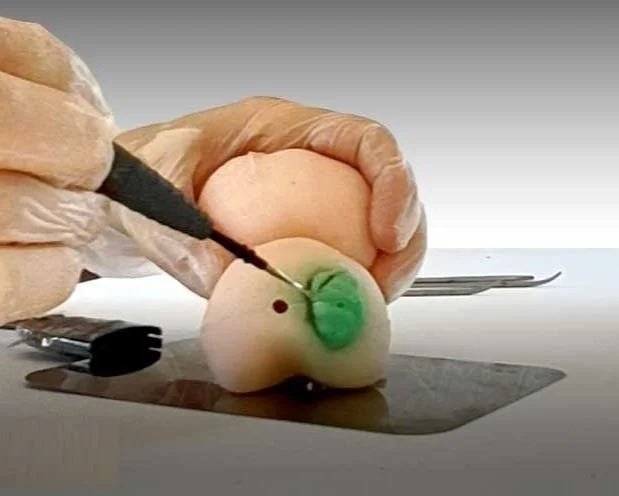
Using the latest technology to fight cancer

Total prostatectomy to treat prostate carcinoma
Prostate carcinoma, often also known as prostate cancer, is one of the most common types of cancer in men, along with skin cancer. The American Cancer Society estimates that there will be 268,500 cases in the United States in 2022. The trend for future years is expected to be increasing. Prostate cancer is predicted to be the most common cancer in North America by 2030. Approximately one in eight men will be diagnosed with prostate cancer during their lifetime.
So it was with Paul. "I never dealt with the whole issue before I got my diagnosis. Of course I knew that this type of cancer existed, but I never thought about it," says the 64-year-old today. Two years ago, however, everything changed. After having more and more problems when urinating and also finding blood in his urine, Paul went to see a urologist. The visit to the doctor brought certainty: Paul suffered from prostate cancer.
Training model of a prostate carcinoma
Training model for use in electrosurgery
In order to correctly classify the malignant tumor in the prostate, a series of examinations were performed. Ultrasound and magnetic resonance imaging (MRI) can be used to visualize the prostate and surrounding tissue. Biopsy also shows whether and how far the prostate cancer has already spread and if it has migrated into the surrounding lymph nodes. In Paul's case, a 1:1 model of his prostate was created based on the MRI data. This accurately reflected the size ratios and location of the carcinoma.
Because the model was created very early in Paul's case, the doctors were already able to use it to train the biopsy. "Sampling in the right place is very important for determining the tumor later," said the attending urologist. "The model here works like a map. You know exactly where the target is and how to get there."
And the surgeon also sees the advantages of the model for training the surgical procedure: "The prostate is surrounded by important bundles of nerves and vessels. Using the model, we can practice the operation very precisely in order to preserve as many structures not affected by the cancer as possible. In the past, this was much more difficult. There was a great risk of either missing cancerous tissue or removing too much tissue and damaging the patient's sexual functionality."
For Paul, the procedure, which was performed with a modern robotic system, proceeded without any problems. Today, almost one and a half years after the operation, he is sure that he has many more wonderful years with his family to thank for the professional treatment.
You can support us
You are convinced of our work and would like to support us? Then become a HumanX Patron and benefit from news and insights from our network.
More case reports:
Revision of a hip joint prosthesis
Martha had an artificial hip joint inserted after an accident 25 years ago. After it was discovered that parts of the implant had shifted over time, we helped Martha and her surgeons with a preoperative training model of her hip.
Polytrauma after severe accident
Michael fell from a height of almost 5 meters in an accident at home. With severe internal injuries and a complicated fracture of the right hip joint and the pelvic bone, he was taken to the hospital with trauma surgery as a so-called polytrauma patient. Learn what doctors and family did for Michael's recovery.






